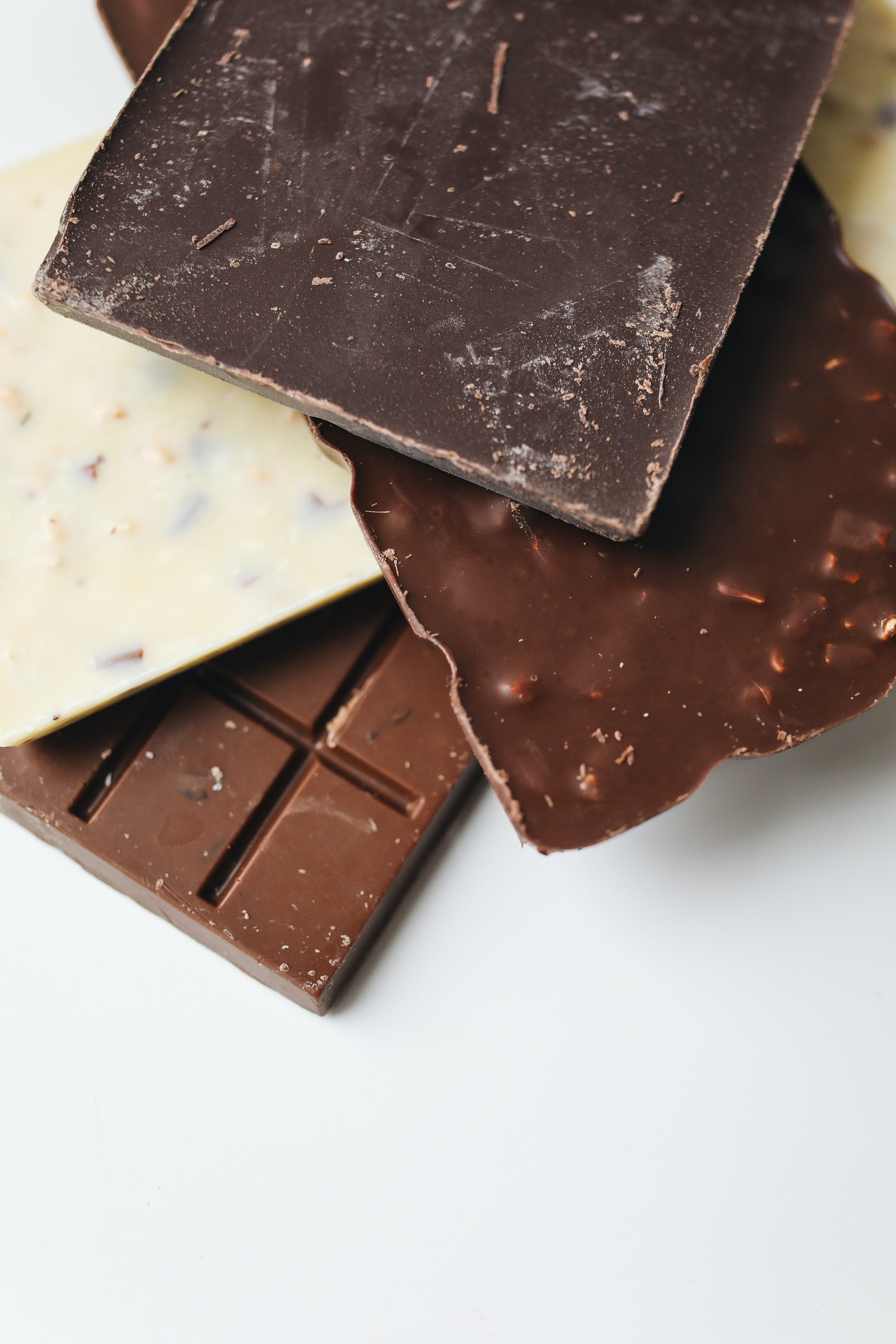Introduction:
Few culinary delights have captivated the world's taste buds quite like chocolate. Its rich, velvety goodness has been savored for centuries, but the story of chocolate is as complex and multifaceted as the flavors it imparts. Join us on a sweet journey through time as we explore the chronological history of this beloved treat.
Chapter 1: Ancient Beginnings - The Mayan and Aztec Empires (2000 BCE - 1500 CE)
Our chocolate odyssey begins in ancient Mesoamerica, where the Mayans and Aztecs first cultivated and consumed cacao (the bean used to make chocolate). For them, cacao was more than just a food; it was a sacred beverage consumed during religious ceremonies and as a symbol of wealth and power. The cacao bean was so highly prized that it was even used as currency.
Chapter 2: Chocolate's European Debut (16th Century)
Chocolate's journey to Europe can be attributed to Spanish explorers like Hernán Cortés, who introduced the beverage to the Spanish court upon returning from the New World. Initially, it was consumed as a bitter, frothy drink made with cacao, sugar, and spices. It wasn't until sugar and milk were added that the sweet, creamy chocolate we know today began to take shape.
Chapter 3: The Birth of Chocolate Bars (19th Century)
In the 19th century, technological advancements in chocolate production led to the creation of solid chocolate bars. Joseph Fry, in 1847, is credited with producing the world's first chocolate bar by combining cocoa powder, sugar, and cocoa butter. This innovation made chocolate more accessible to the masses.
Chapter 4: The Rise of Chocolate Brands (Late 19th - Early 20th Century)
The late 19th and early 20th centuries saw the emergence of iconic chocolate brands that are still beloved today. Companies like Cadbury, Nestlé, Hershey, and Lindt introduced a wide variety of chocolate products, from milk chocolate bars to filled chocolates and truffles. The world had fallen head over heels for chocolate.
Chapter 5: Chocolate During World War II (1939-1945)
During World War II, chocolate played a significant role in boosting the morale of soldiers and civilians alike. Chocolate bars were included in military rations, offering a small taste of comfort during challenging times. It also became a symbol of love and affection, as people sent chocolate to their loved ones serving overseas.
Chapter 6: The Chocolate Renaissance (Late 20th Century - Present)
As we move into the late 20th century and beyond, the chocolate industry has experienced a renaissance. Artisanal chocolatiers and craft chocolate makers have emerged, producing high-quality chocolates with unique flavors and ethically sourced cacao. Consumers have become increasingly aware of the environmental and social impact of chocolate production, leading to a surge in fair trade and sustainable chocolate options.
Conclusion:
The history of chocolate is a rich tapestry of cultural, culinary, and technological developments that have spanned millennia. From its humble beginnings as a bitter ceremonial drink in ancient Mesoamerica to the diverse and delectable treats enjoyed worldwide today, chocolate continues to be a symbol of indulgence, comfort, and celebration. As we savor every bite, let's not forget the fascinating journey that has brought us this sweet delight, a testament to the enduring love affair between humanity and chocolate.

